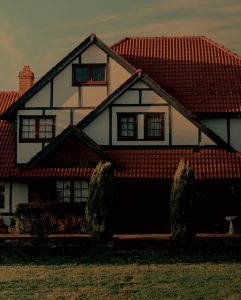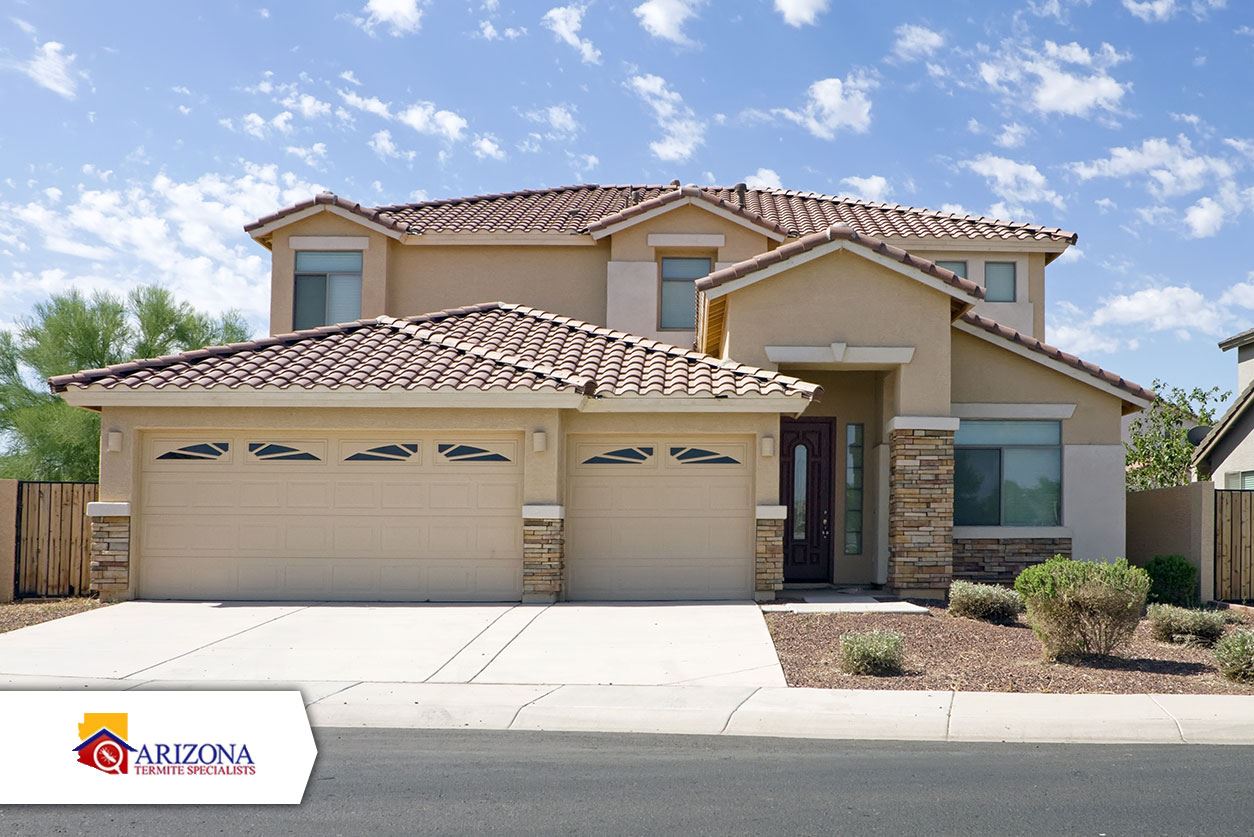Termites are a very real danger here in Arizona. Arizona is home to two common termite types of these creatures: the drywood termite and the subterranean termite. Since these termites consume dry wood (including structural wood), both of these termite types are a threat to your home. Now, it’s not all bad news. Fortunately, termites can be treated. However, it’s best to take some precautions to ensure that your home is least at risk for a termite infestation. So let’s talk prevention. Here are some tips you can take to keep your property free from termites:
Be Smart About Your Property
First things first, it’s time to take a fresh look at your property. Termites swarm and are attracted to exposed, untreated wood. That’s why it’s best to protect your home and property by properly caring for the wood around your home, as well as the wood within your home, and the trees on your property. You can mitigate the odds of attracting a termite colony by tending to the following items:
 Firewood: If you have firewood lying around in your yard, it’s time to reassess how your wood is stored. At the very least, firewood should be stacked off the ground. While drywood termites may still infest firewood that is raised off the ground, you’ll help deter subterranean termites (these termites don’t survive long while they’re away from the subterranean colony).
Firewood: If you have firewood lying around in your yard, it’s time to reassess how your wood is stored. At the very least, firewood should be stacked off the ground. While drywood termites may still infest firewood that is raised off the ground, you’ll help deter subterranean termites (these termites don’t survive long while they’re away from the subterranean colony).
- Lumber: The same applies to lumber. If you have a carpentry shop, for instance, it’s smart to keep your wood off the ground. At the very least, you can throw a few cinder blocks under your lumber, or if you prefer, you can build shelving to be extra cautious.
- Playground Equipment: If you have playground equipment that is made of untreated wood, termites might make themselves at home. Opt to use pressure-treated wood, or wood species that are naturally termite repellent. If at all possible, keep wood playground equipment from directly contacting the ground.
- Fencing: Fencing, especially old fencing that is in direct contact with the ground, may harbor termites. If you’re building a fence, you may consider using a different material, or, once again, you can choose a wood species that is naturally termite repellent (cedar is a good option).
- Sheds: Sheds often have wood that is completely exposed to termites. Mitigate the odds of a subterranean termite infestation by building a concrete slab for the shed to rest upon, and be wary that subterranean termites build small mud tubes to get from the ground to their food source.
- Dead Trees: If you have dead trees on your property, it’s time to get rid of them. Dead trees are an excellent place for new termite colonies to start. Do your best to keep your landscape dead-tree-free. Termites are particularly attracted to laurel, oak, sycamore, cottonwood, and willow trees. Keep an eye out for mud tunnels, and piles of termite droppings.
- Live Trees: While you may not want to cut down living trees in your property, it’s smart to keep a keen eye on the trees around your land. Termites can be found in alder, avocado, elderberry, mulberry, ash, avocado, walnut, and carob trees, as well as citrus fruit trees. Once again, look out for mud tunnels and piles of termite droppings, as well as look dead branch limbs.
Count on Termidor® HE
Termidor HE is a termiticide which can be applied to protect a home, while exterminating existing colonies that are near a home. To repel subterranean termites, Termidor can be injected into the soil around a home near its foundation. Termidor can also be injected between slab cracks for large patios and driveways. Termidor is undetectable by termites, and termites that come into contact with Termidor can transfer the chemical to other termites in the colony; affected termites die soon after coming into contact with Termidor. In this way, Termidor serves as an effective termite control solution, both for extermination and protection purposes. You can learn more about Termidor HE.
Take note, Termidor must be applied by a certified professional (and yes, we are certified here at ATS).
If You See an Infestation
If you see signs of a termite infestation (mud tunnels, termite droppings, tunnels in wood), you should speak to a termite extermination specialist right away. Do not attempt to exterminate termites yourself, since a failed extermination can instigate a termite swarm — which only compounds the problem! Instead, hire a professional to inspect your property, formulate a plan, and take action. The longer you wait, the more damage your home can incur. If you live here in Phoenix, Scottsdale, Cave Creek, Gilbert, Mesa, or Peoria, you can count on the professional team of exterminators at Arizona Termite Specialists. Get in touch with us today to get started!
The post How to Termite-Proof Your Property appeared first on Arizona Termite Specialists.



